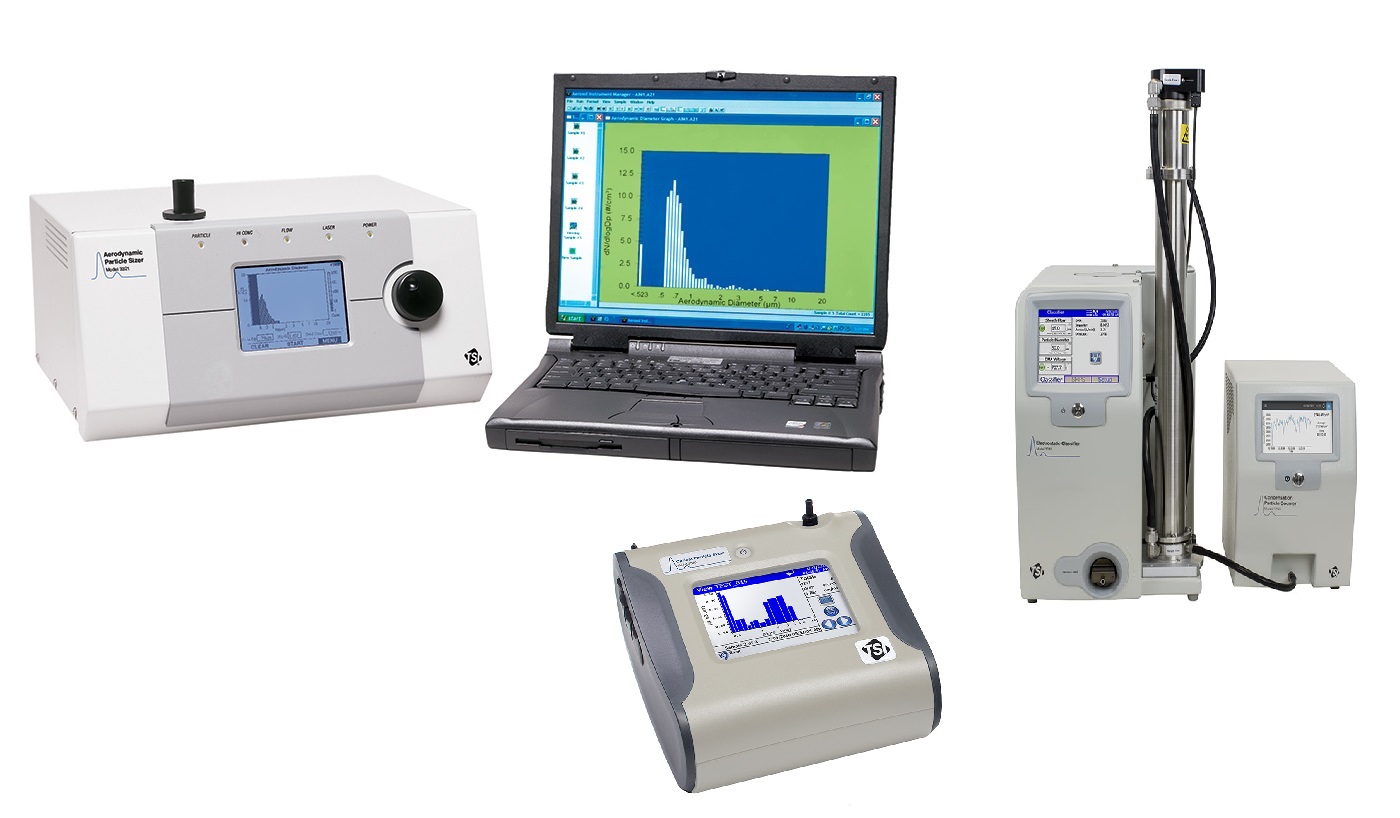
Aethalometer
The Aethalometer collects and analyzes aerosol particles continuously. The aerosol-laden air stream is drawn through a spot on a filter tape at a measured flow rate. Simultaneously, the tape is illuminated by light: sensitive detectors measure the intensities of light transmitted through an un-exposed portion of the tape, acting as a reference; versus the collecting spot. As optically absorbing material accumulates on the spot, the intensity of light transmitted through it gradually decreases. The decrease in light intensity from one measurement to the next is interpreted as an increase in collected material. This increased amount is divided by the known air-flow volume to calculate the concentration.
In the Magee Scientific Aethalometer Model AE33, two sample spots are collected from the same input air stream with different accumulation rates and analyzed simultaneously. The two results are combined mathematically to eliminate the “Filter Loading Effect” nonlinearity and accurately measure the aerosol concentration.
Additionally, the analysis is made at 7 optical wavelengths spanning the spectrum from 370 nm to 950 nm. Increases in optical absorption at shorter wavelengths may be interpreted in terms of the presence of so-called “Brown” carbonaceous material, usually an indicator of emissions from biomass combustion.
